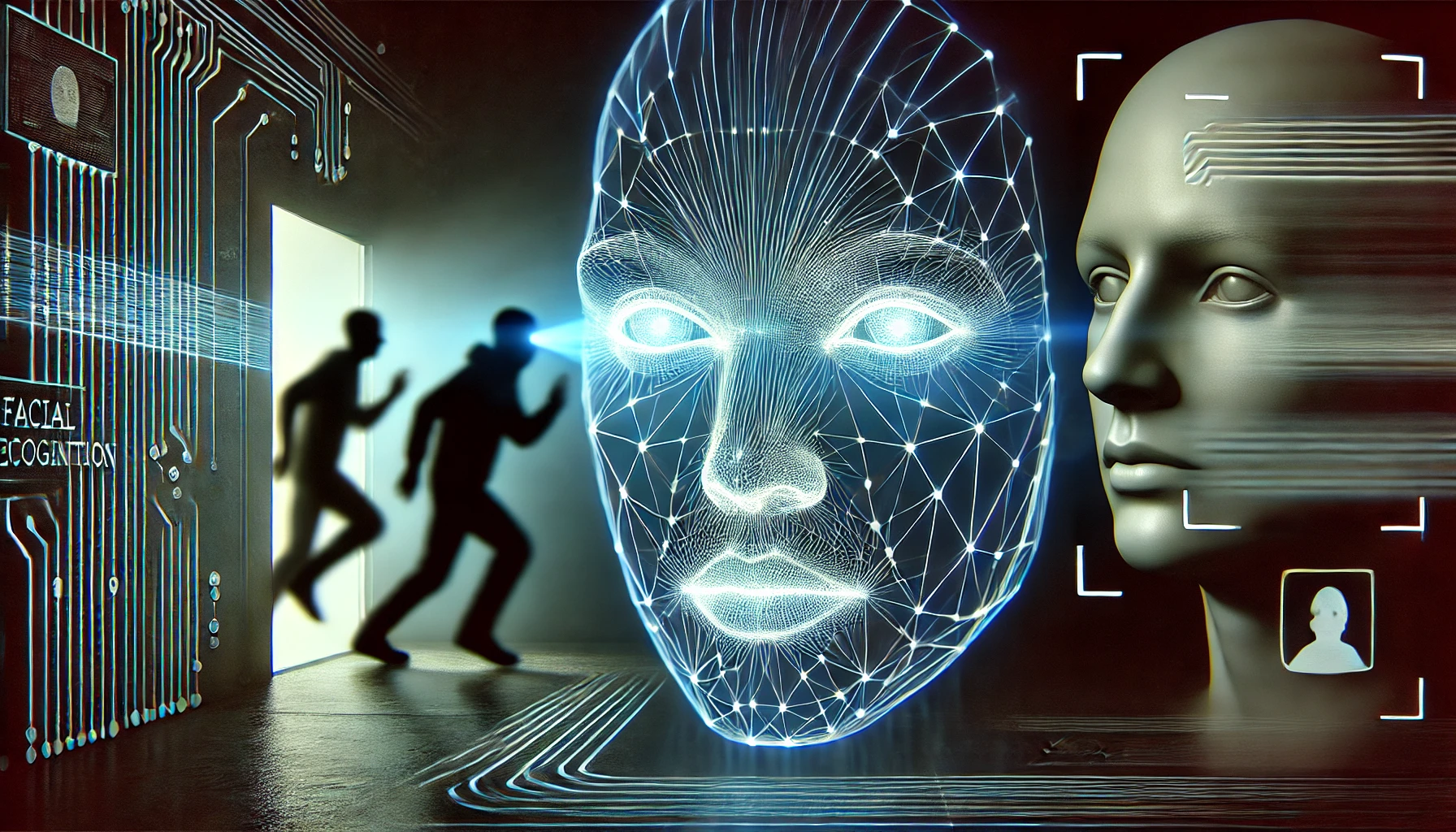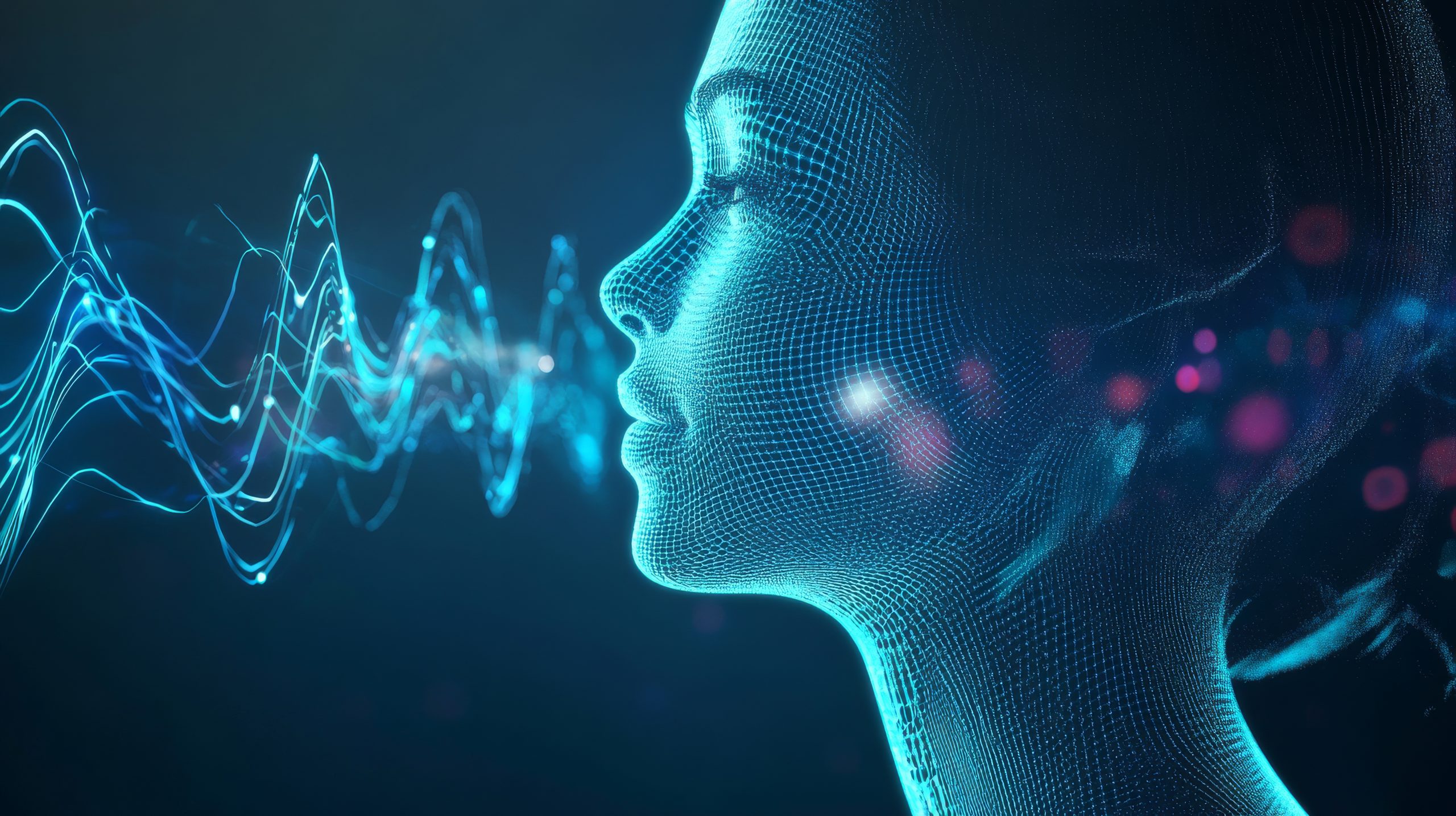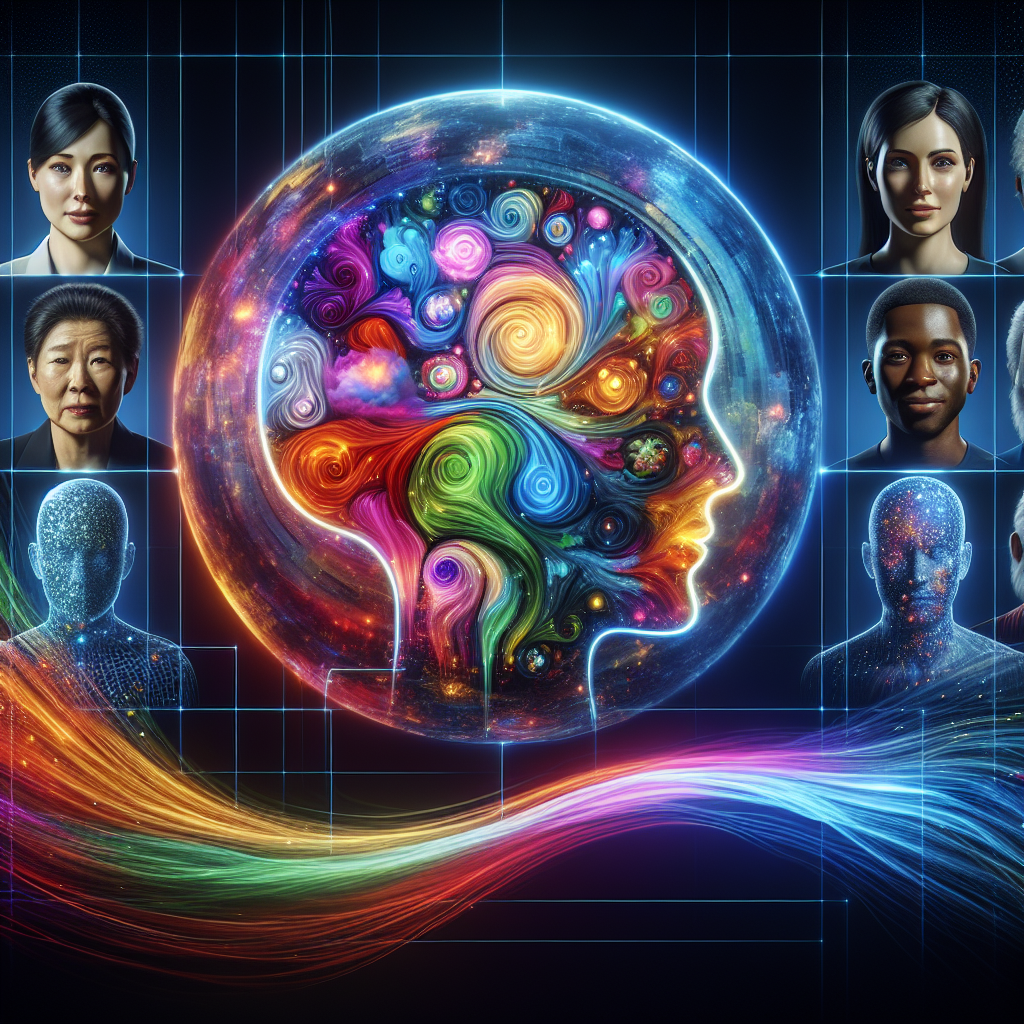The Dark Side of AI: Facial Recognition Blackmailing. Artificial intelligence has transformed numerous industries, with facial recognition standing out as a breakthrough technology. From unlocking smartphones to enhancing public safety, the applications of facial recognition seem limitless. However, this technology comes with significant risks, including its potential misuse in blackmail and extortion schemes. This article explores the darker implications of AI-powered facial recognition, highlighting how it could be exploited by bad actors and what measures are necessary to prevent such abuses.
How Facial Recognition Works
Facial recognition technology identifies individuals by analyzing unique facial features such as the distance between the eyes, nose shape, and jawline. Advanced algorithms process this data to create a unique “faceprint,” which can be matched against existing databases. While this technology is widely used for security and personalization, its growing accessibility raises concerns about misuse.
Bad actors can exploit these advancements by harvesting facial data from social media, public cameras, or breached databases. This data could then be weaponized for blackmail or other malicious purposes.
Facial Recognition Blackmailing Potential
1. Deepfake Technology
One of the most alarming threats arises when facial recognition is combined with deepfake technology. Using facial data, malicious actors can create hyper-realistic videos of individuals in compromising or incriminating scenarios. These fake videos could then be used for blackmail, extorting victims into paying money or complying with demands to avoid reputational damage.
For example, imagine a scenario where someone receives a video showing their face in an illegal activity. Even if the video is fake, proving its inauthenticity can be challenging, especially in the court of public opinion.
2. Surveillance-Based Exploitation
Facial recognition systems in public spaces can be weaponized to track individuals without their knowledge. Malicious actors could use this data to gather sensitive information about a target’s movements, affiliations, or habits, which could then be leveraged for blackmail.
3. Accessing Private Systems
Many secure systems, including smartphones and workplace devices, rely on facial recognition for authentication. If a hacker gains access to someone’s facial data, they could potentially unlock these systems, exposing sensitive personal or professional information. This data could be used to coerce victims into compliance.
Why Facial Recognition Is Vulnerable
The growing accessibility of facial recognition software, coupled with vast repositories of facial data online, makes this technology susceptible to abuse. Key vulnerabilities include:
- Unregulated Use: In many countries, there are minimal legal frameworks governing the use of facial recognition, leaving room for exploitation.
- Data Breaches: Facial recognition databases are valuable targets for hackers. A single breach could expose millions of faceprints, creating a treasure trove for bad actors.
- Publicly Available Data: Social media platforms often contain countless photos of users, providing an easy source of facial data for malicious purposes.
Protecting Yourself Against Facial Recognition Misuse
1. Be Cautious About Sharing Photos
Limit the number of photos you post online, especially those showing your face. While complete avoidance may be unrealistic, reducing the digital footprint can make it harder for bad actors to gather data.
2. Advocate for Regulation
Stronger legal frameworks are needed to govern how facial recognition data is collected, stored, and used. Advocating for these regulations can help ensure greater accountability among organizations using this technology.
3. Use Privacy-Enhancing Tools
Some tools allow users to obscure facial data in photos or videos, making it harder for algorithms to extract identifiable information. Similarly, consider using platforms that prioritize user privacy.
4. Educate Yourself About Deepfake Detection
Learn to identify deepfakes and stay updated on the latest tools that help verify the authenticity of videos and images. Awareness can be a powerful defense against manipulation.
Balancing Innovation and Ethics
While facial recognition offers undeniable benefits, its potential for misuse underscores the need for ethical considerations and robust safeguards. Companies and governments must invest in technologies and policies that minimize risks while maximizing benefits. Transparency in how facial data is collected and used is essential to build trust and ensure public safety.
Conclusion
The rise of facial recognition technology presents a double-edged sword. On one hand, it offers unprecedented convenience and security; on the other, it opens the door to exploitation and harm like Facial Recognition Blackmailing. Understanding these risks and advocating for protective measures is crucial as we navigate the complex ethical landscape of AI-powered technologies.
For further insights into how AI impacts ethical decision-making, explore The Ethics of Artificial Intelligence and Its Balance.





Leave a Reply